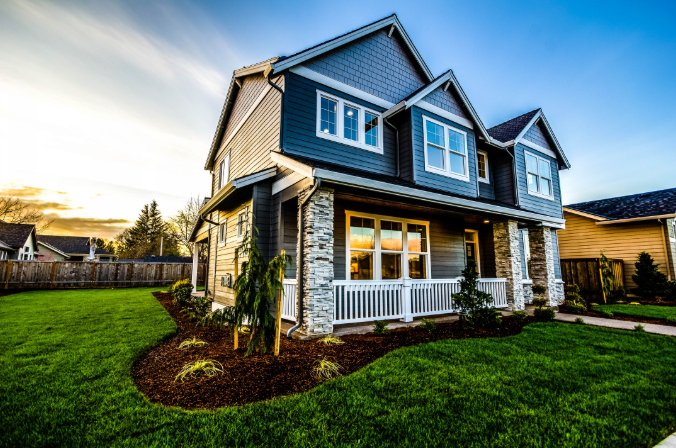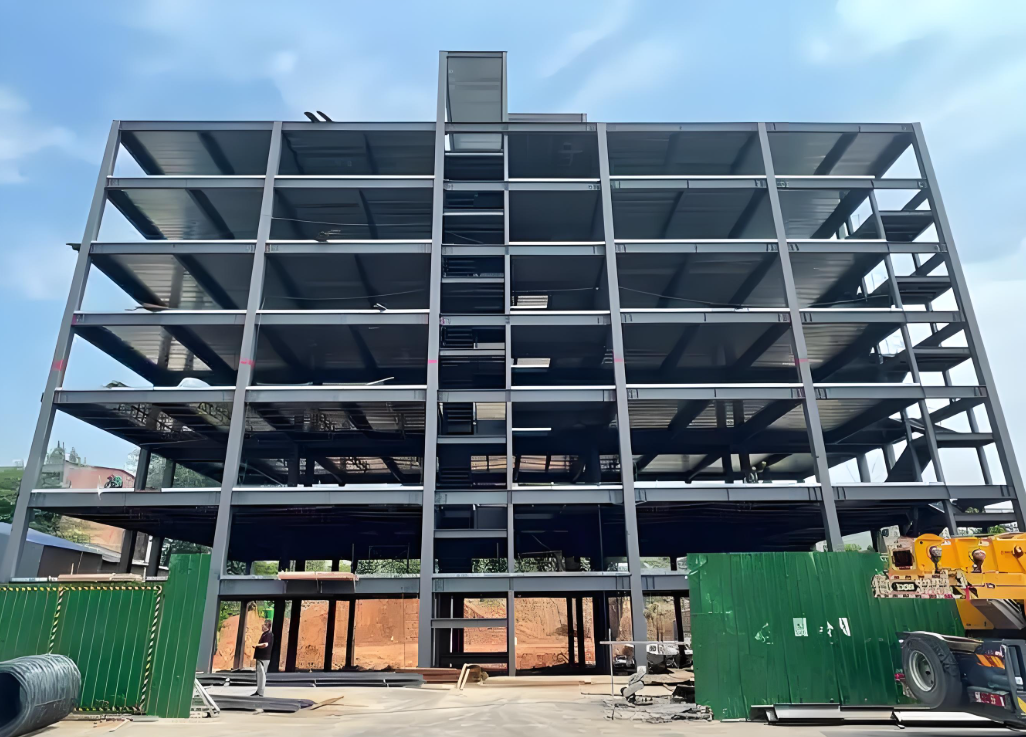11 Advantages of Steel Structure Construction

10x Construction Safety (100% Quality Guarantee):
Compared to traditional construction, steel components are precision-manufactured in factories using high-tech equipment. On-site assembly uses mechanized operations, reducing human error, ensuring higher quality and significantly safer construction. Construction efficiency is also increased by 4-5 times.Higher Usable Floor Area Ratio (1/3 the Building Weight):
Steel structure walls leverage the combined advantages of steel and concrete, requiring fewer columns and less wall area while doubling strength. Indoor usable area increases by 4-6%. With significantly fewer walls (only 1/3 the weight of traditional buildings), interior lightweight non-load-bearing walls can be freely reconfigured, offering greater design flexibility.Superior Earthquake Resistance (9-Degree Seismic Fortification):
Earthquake casualties are closely linked to building structure. Traditional reinforced concrete offers only 7-degree resistance and is prone to brittle collapse, causing heavy casualties. Steel structures provide 9-degree seismic resistance with high ductility, absorbing more seismic energy for superior earthquake resilience.Shorter Construction Period (1/4 the Time):
Factory-prefabricated steel components enable on-site assembly regardless of weather. Using prefabricated steel bar truss self-supporting slabs allows multi-story simultaneous construction with three-dimensional overlapping operations. Construction speed is dramatically faster (potentially 3 floors per day), saving 3/4 of the time compared to traditional methods.
93% Factory Prefabrication (1/10 On-Site Work):
"Factory work replaces site work; indoor work replaces outdoor work; computer simulations replace manual site layout." 85-95% of components are factory-fabricated, reducing on-site labor by approximately 60%. Structures are also easier to dismantle, with some products reusable and materials recyclable. Future sites will receive pre-assembled "parts" like wall panels and stairs, not loose materials. Workers assemble these parts into buildings using machinery.1% Construction Waste (Green Building):
Traditional construction generates ~200 kg of waste per square meter; a 50,000 sqm building produces ~10,000 tons. Construction waste constitutes 30-50% of urban waste; material transport and dust contribute 10-30% of urban air pollution, with massive water consumption and pollution. Steel structures enable factory finishing, resulting in sites free of fire, water, dust, and odors. Eliminating welding, cement, and large amounts of gauze reduces construction waste to less than 1% of traditional methods.5x Energy Efficiency (1/5 HVAC Consumption):
Walls use lightweight, energy-efficient standardized prefabricated panels instead of clay bricks, offering excellent insulation. This makes steel structures 50% more energy-efficient than reinforced concrete, maintaining constant temperatures year-round. Heating energy in winter and cooling (e.g., A/C) electricity in summer are reduced to just 1/5 of traditional building consumption.More Eco-Friendly (Green Building):
Steel structure construction uses dry processes, minimizing noise, dust, and water pollution. It drastically reduces the use of sand, stone, and lime. Materials are primarily 100% green, recyclable, or biodegradable. Demolition does not create polluting waste.20x Air Purification:
Advanced steel buildings incorporate unique systems like "electrostatic precipitators" and "high-efficiency filters" to deliver indoor air 20 times cleaner than outdoors, with minimal inhalable particles, achieving 100% filtration of external pollutants.Millennial Wealth Accumulation:
A 600-year service life fulfills the "century building" dream. Structures are easily disassembled and rebuilt elsewhere, achieving true sustainability. (Note: Original text listed two points as #10. This is the first.)Drives Regional Development:
As a primary representative of green building, steel structures boast a steel recycling rate exceeding 90%. Mass adoption would effectively turn buildings into "steel storage warehouses," fostering resource circulation and regional development. (Note: Original text listed two points as #10. This is the second, adjusted to #11.)Better Quality of Life:
Beyond standard features, intelligent building control systems and various automation technologies can be integrated. Leveraging these smart systems maximizes the advantages of steel construction, creating a comfortable, safe, and healthy living environment. (Note: Original text listed 11 points but had two #10s. This point was originally #11.)



